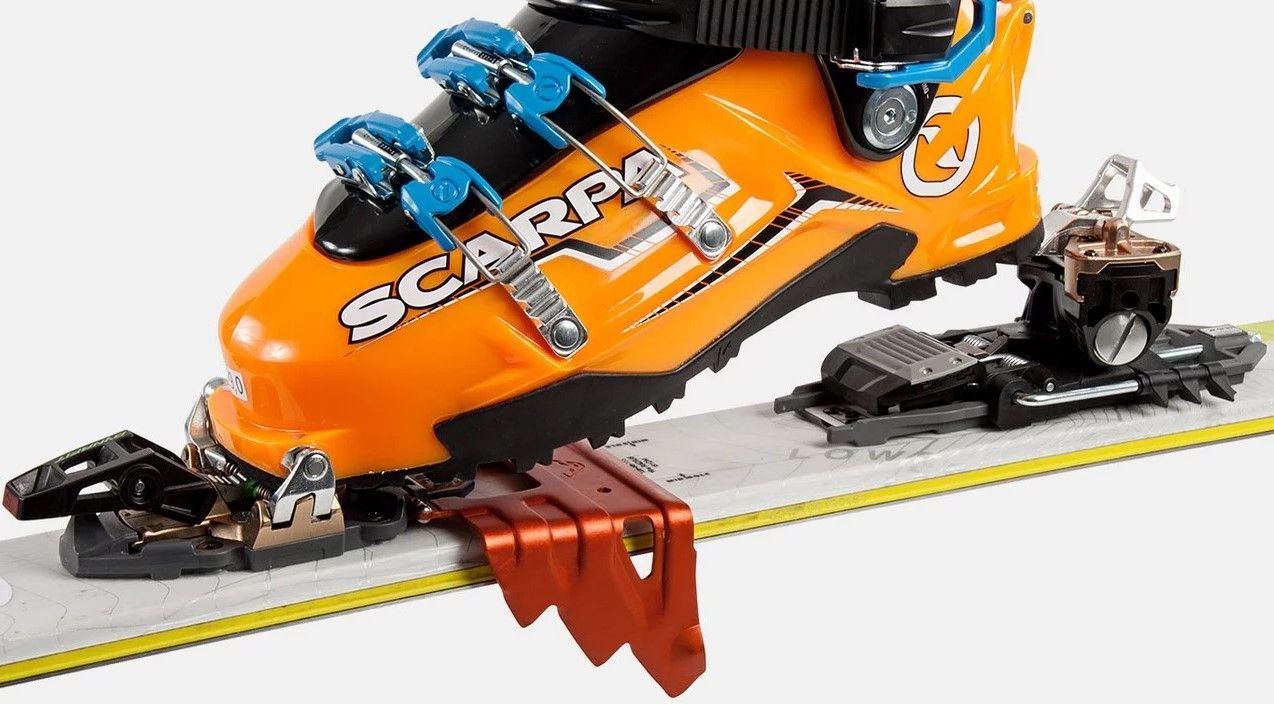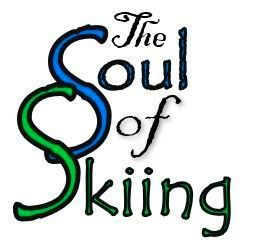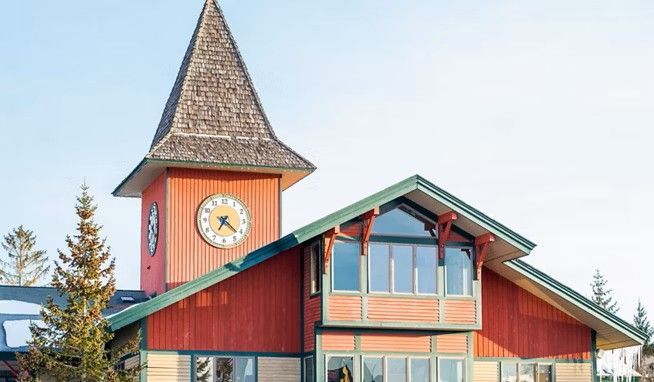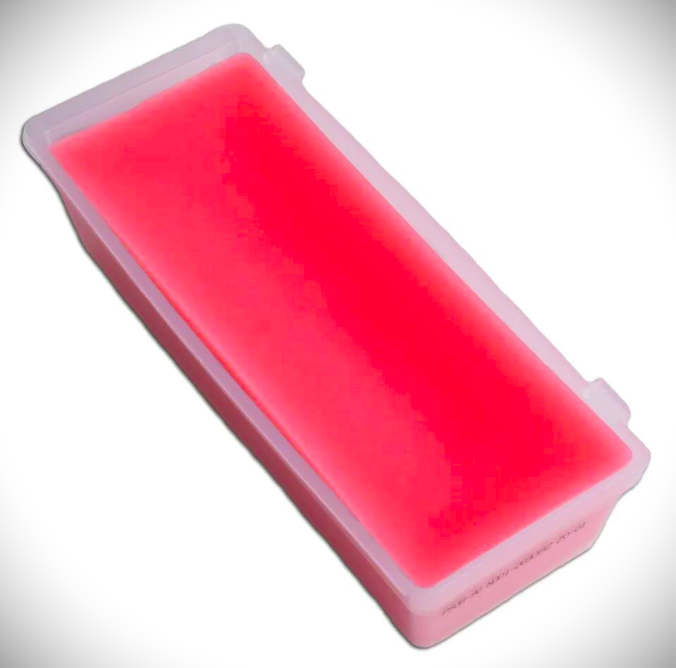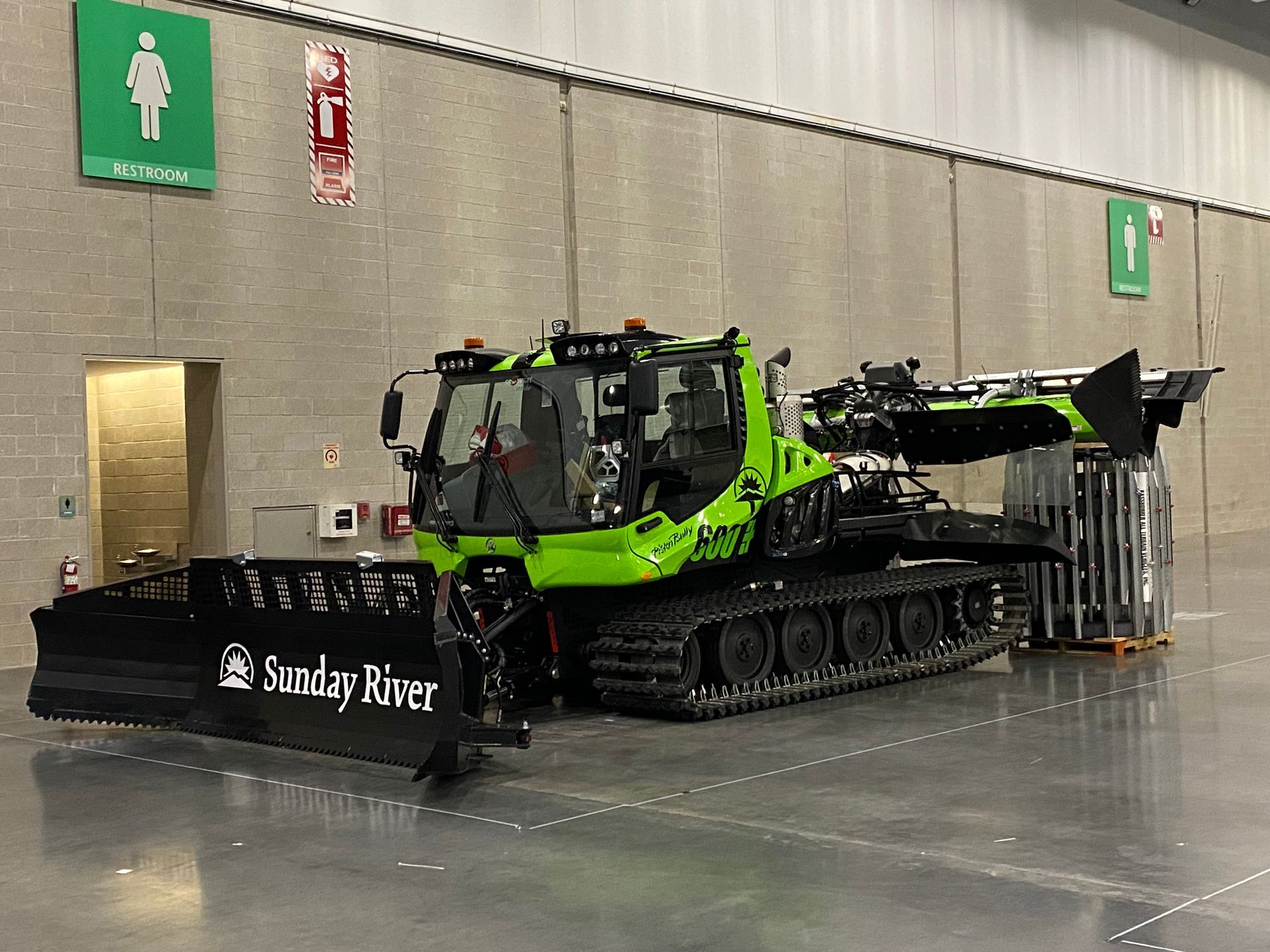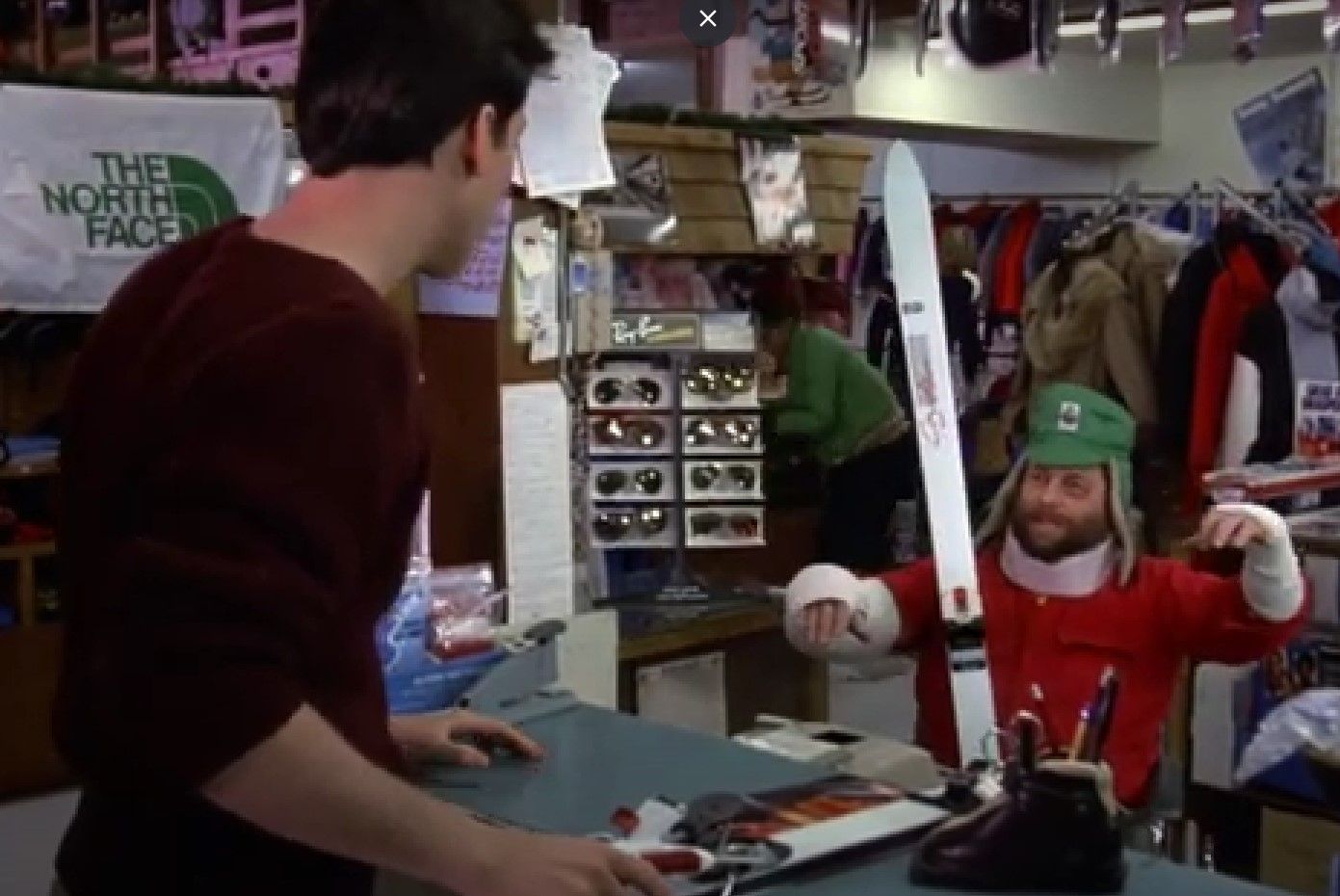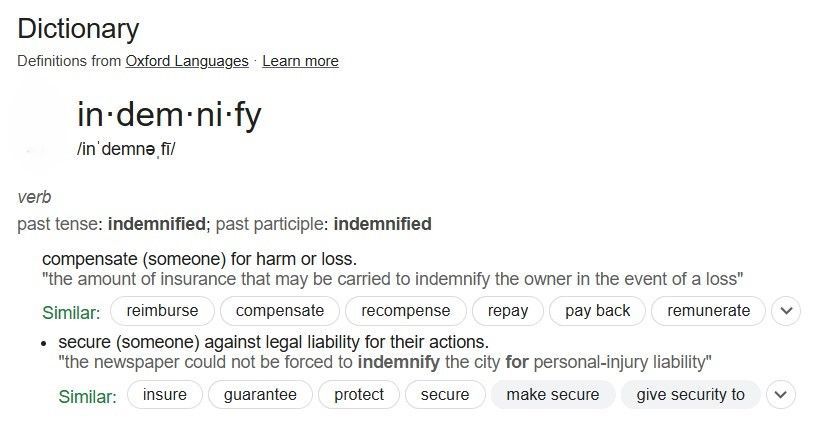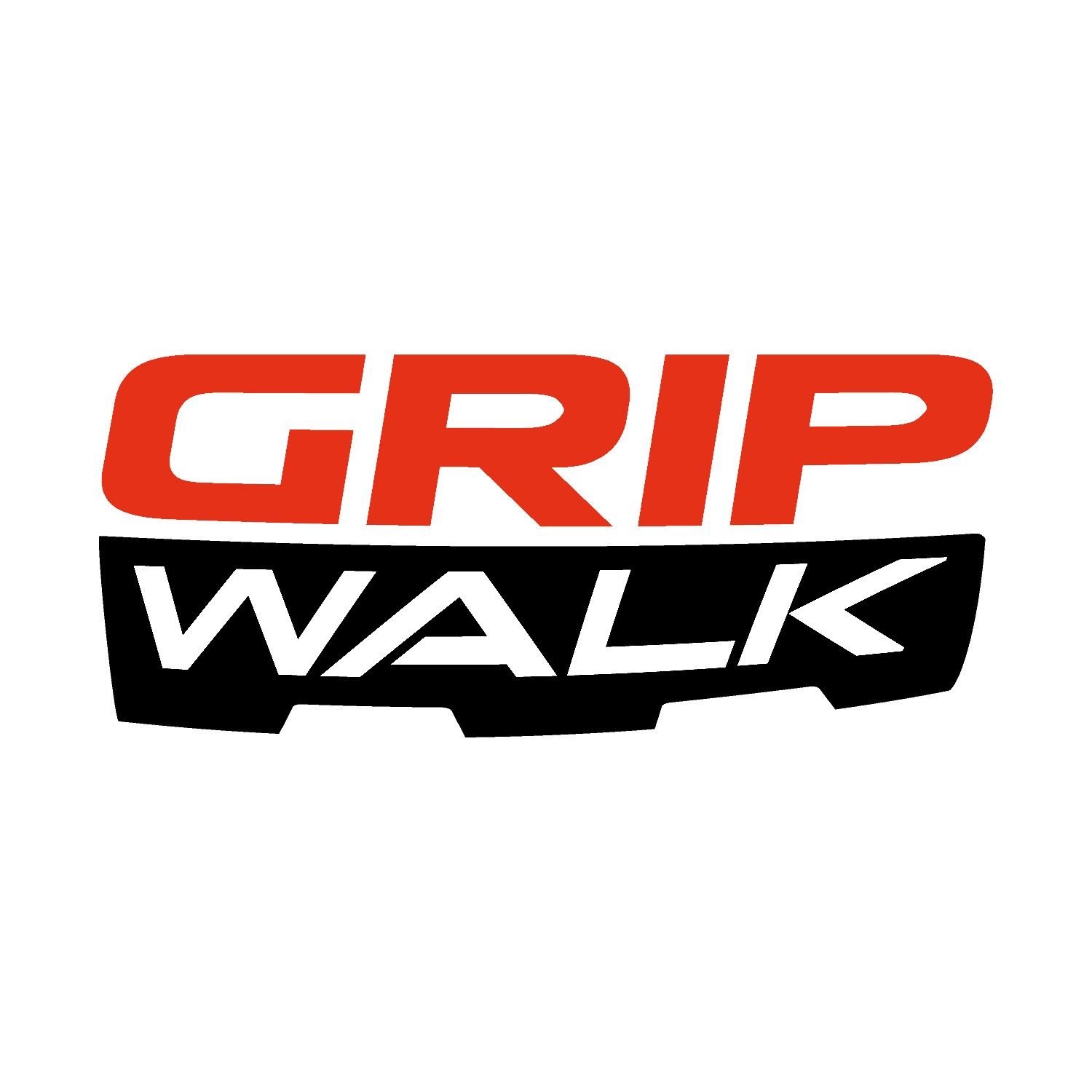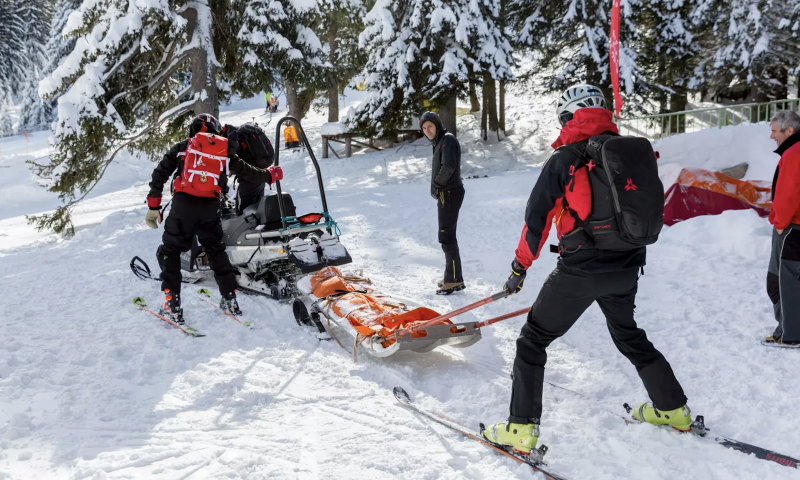Does size really matter?
What size ski should I really be on?
So here it is, my take on the question "Does size really matter?"
Vis-a-vis, "What length ski should I be on?"
I started out writing this trying to not over-complicate things, but, by now, y'all know me...
There's no one more verbose.
By saying I don't want to over-complicate things, that's a sure sign that I'm about to mansplain the hell out of something.
So buckle up, I'm about to bore the hell out of you.
In the most basic terms. ski size is, mostly, related to the weight of the skier.
At least, that's the starting point.
That's contrary to what we learned a generation ago.
From there, other factors weigh in...
How tall are you?
How aggressive are you?
What "kind" of skiing do you do?
What terrain do you like to ski?
How stiff is the ski?
How wide is the ski?
Etc.
Pick a manufacturer's website, and they are sure to have some kind of sizing tool; just find a link that says, "Find my size", "Size Chart", etc.
For reference, I chose the "Size Chart" on the Rossignol site, because it describes, in the simplest terms, the "rules of thumb" most retail sales people use to help you find your size.
In the simplest terms, those rules start with a ski used on groomed trails, and recommends:
Beginners: your height -10 cm
Intermediate: Your height -7 cm
Experienced: Your height -5 cm
Expert: Your height
The first thing to notice is that there's a fourth category called "Experienced"- That thumbs it's nose a bit at the old classifications of beginner/intermediate/advanced/race.
There are lots of reasons for that.
Firstly, race skis have changed significantly since the old norms of 208-210 cm for GS skis and 203-205 for slalom skis. Each race ski has become highly specific within it's design parameters such that there will be manufacturers recommendations for each model and each "U" classification (U12, U16, etc).
So, we don't really talk about them anymore, because the expectation is that if you're racing, you damn well know what size you need. If you have to ask a salesperson then you probably shouldn't be on an FIS-specific ski.
Which, leads me to point out that there are separate classifications under the racing genre, as well (FIS, NON-FIS, "detuned" racing, Multi-event, etc.).
So, for our discussion, race is out of the picture.
At least, for now.
Racing aside, let's talk about modern descriptions as they relate to ski size.
First and foremost, we need to start thinking about this in terms of time on the hill. Actual skills come into play later.
At the end of the day, you will have to make a value judgement as it relates to yourself, once you have some idea of what it means to be a skier.
Beginner:
A beginner is someone who has never-ever skied, to 5 or 6 days maximum, of total skiing. The rationale here is that as someone who has never had long sticks attached to their feet on a snowy, icy, hill, it's easier to get your bearings on something that's really easy to push into a wedge (pizza) and transfer back to parallel (french fries).
Once you have your bearings (understand the basics of those two concepts and, also, a basic understanding related to balance on skis) you should immediately move to something longer.
According to Google AI:
A beginner skier is typically defined as someone who is either new to skiing or still primarily uses a snowplow (wedge) to control their turns and slow down. They may be limited to green runs (easiest slopes) and may need assistance navigating the slopes.
Here's a more detailed breakdown:
New to skiing:
This includes individuals who have never skied before or have only a few very limited experiences on the slopes.
Snowplow turning:
Beginner skiers rely heavily on the snowplow (wedge) position to control their speed and direction, often making it difficult to maintain parallel skis during turns.
Green run preference:
Beginners often stick to the easiest slopes (marked green) due to limited skills and confidence.
Need for assistance:
Beginners may require guidance or instruction to navigate the slopes safely and effectively.
Beginner-friendly skis:
Beginner skis are typically designed to be easier to maneuver, with a softer flex and a narrower width, making them more forgiving for new skiers.
Once you've reached this point, you need to go up 5 cm in ski length.
"Why?" You may ask...
Short skis start out easier to control, but after a short time, there's diminishing return to using them. We rely upon how much edge is in contact with the snow for control; managing speed, turning, stopping, and traversing around. We refer to that as "effective edge". Long story short, if you don't have enough effective edge, you can't stop as the pitches get steeper and firmer, and as relative speeds increase.
Anyway, a beginner, on their first day, probably gets to somewhere around 5-10 mph, max. In the very beginning, that 5 mph feels fast. After a day, sometimes even just an hour or two if you're reasonably athletic, new skiers, naturally, start to push that closer to 10 mph as their confidence level increases and they realize it's easier to turn a ski when you're moving a bit faster (simple phsysics; force increases on skis, it becomes easier to flex ino the shape of a turn).
SIDEBAR:
The reality of beginner skis is a little bit more complicated than a simple length discussion. To turn a ski at very slow speeds, it's advantageous to use a short, soft ski. The downside to that is those skis have a speed limit of 10-15 mph. So, you need to increase length and stiffness of skis to be able to improve.
The math is pretty simple, really.
Additionally, a true beginner ski is going to be soft, both lengthwise, and torsionally (twisting). A ski that's torsionally soft allows a beginner to slide in and out of turns easily, without the ski feeliing too "catchy". They're also a bit easier to use the wedge with.
These factors affect the ski's overall skiability.
Long story short, a beginner ski will be easier for a new skier to get their bearings with, but it will be unstable at moderate speeds and have poor overall edgegrip.
For a ski to have good edgegrip, you need both torsional rigidity and effective edge (overall ski length).
If you take that a bit further, you realize that given the fact that a person shouldn't be on a beginner ski for more than 5-6 days, it makes little sense to buy a true beginner ski. In my mind, skiers are best served by renting their first year, getting their bearings, then buying a ski they can use for a couple seasons .
For a beginner ski purchase to really make sense, you'd need to pass it on to others once the current skier has outgrown it.
That said, don't expect to get more than a season or two out of an intermediate ski, either.
At this point, there will always be that person who says, "Oh, I don't know- I'm really afraid that I'll go too fast and wont be able to turn because my skis are too long. I like my short skis."
Ok, that argument only works in the extremes. In other words, if you're 184 cm tall, and you are in your first 5 days of skiing, yes- a 165-170 is ok for your first few days. But after that, as you start to build the skills necessary to maneuver on a ski hill, you have to remember that the short ski doesn't have enough effective edge to hold at the (naturally) higher speeds you will be going, nor does it have the edge grip for you to be able to maneuver, and stop, especially while skiing on steeper pitches than a bunny slope.
That does not mean that you should jump right up to a 184 cm ski, because that will feel like you just strapped 2X4s onto your feet and you wont be able to make them do anything you want them to do.
So, we talk about the next increment; usually 5 cm longer.
All things being equal, an instructor should have you move up to an incrementally longer ski once you have a solid understanding of using a wedge to stop and turn, and move to parallel skis to move forward.
Notice I said "solid understanding", not "mastered".
That's an important distiction. Mastering wedge turns should not be your goal; they're both exhausting and inefficient.
That said, knowing when to use the wedge, or, at least, knowing when to fall back on it, should be all you need to move on the the next thing, which involves adding a step to get in and out of the wedge, from having the skis parallel for bit during the turn, This helps you understand the effects of weight transfer, and what an inside and outside ski are for when skiing parrallel turns.
For that, you need to move right up to the "intermediate" length skis. Reason being, you've immediately increased the physical forces the ski has to interact with, and the beginner length skis don't have enough material (we'll call it surface area, for simplicity) to handle those forces.
Long story short, as the forces increase, the ski feels like a wet noodle and actually becomes less versatile. There's also a risk of breakage or damage to the skis.
This is where people need to get over their initial fear of a longer ski. It's a bit of a leap of faith, but it's necessary.
So, let's address that point now.
INTERMEDIATE:
According to Google AI, An intermediate skier can confidently ski on groomed slopes of moderate difficulty, such as blue runs, and can link parallel turns while controlling their speed and direction. They are comfortable skiing most on-piste terrain at their own pace and may start to explore ungroomed areas like moguls or powder, though they might still struggle with technique and balance in these conditions.
Here's a more detailed breakdown:
Comfortable on Blue Runs:
Intermediate skiers can handle groomed blue runs with confidence, demonstrating the ability to control their speed and turn effectively.
Parallel Turns:
They can link parallel turns, indicating a good foundation in basic skiing technique.
Terrain Adaptation:
While they are comfortable on groomed slopes, they may start to explore other terrain like moguls or powder, though they may not be as skilled in these conditions.
Speed and Direction Control:
They can generally control their speed and direction, making adjustments based on the terrain and snow conditions.
Starting to Carve:
Some intermediate skiers might begin to experience the feeling of carving turns, adding a new dimension to their skiing. This ag.dds a whole new dimention to skiing- especially since being able to carve turns in multiple shapes, sizes, and speeds is a pretty advanced thing. People often claim they can carve a turn, but what they really mean is they can point a pair of skis down a hill, roll them up on edge, and let the ski track on its edge. While that's technically carving the skis, it's a limited perspective as to what carving turns really maeans.
Confidence Level:
They may still lack some confidence, particularly in low visibility or on challenging terrain, and might revert to a more basic wedge or wider stance when feeling uncertain.
Weight Distribution:
A common issue for intermediates is having their weight too far back on their heels instead of distributed evenly on the balls of their feet.
So, long story short, an intermediate skier can use a wedge, a stem christie, and can link multiple turns where their skis are pointing in relatively the same direction. Those parallel turns can be skidded, and in the spirit of the definition, not every turn has to be parallel. The skier just needs to link more than one parallel turn over the course of a run.
In terms of speed, an intermediate skier can ski consistently at 10-20 mph, with bursts up to somewhere around 25-30 mph.
In a nutshell, this skier requires a ski that's a bit stiffer torsionally, yet soft enough lengthwise such that it's fairly easy to bend the ski into the shape of the turn.
Bear in mind here (again, according to Google AI), the average recreational skier moves along between 20 and 30 mph. I think that's a good assessment. Although, with continued improvements in technology, I believe we will see the averages creep up as skis become inherently more stable at speed and easier to ski on.
Keep in mind that the average recreational skier is somewhere between intermediate and experienced. Most people just don't carve turns with both skis on the ground. They're lifting the inside ski and/or skidding a significant part of the turn.
To sum it up- once you have that weight/unweight thing figured out well enough that step turns (otherwise referred to as "stem christies")* are boring, it's time to move up to the next size.
Which brings us to...
EXPERIENCED:
An "experienced skier" generally refers to someone who has a high level of skill and comfort on the slopes, capable of handling a variety of conditions and terrains. While there's no single, universally accepted definition, an experienced skier typically possesses the following characteristics:
Key Characteristics of an Experienced Skier:
Comfort on Diverse Terrain:
They can ski confidently on black diamond runs and expert-only terrain, including moguls, powder, and icy patches.
Control and Agility:
They can maintain control at higher speeds and navigate challenging terrain with ease and precision.
Proficiency in Advanced Techniques:
They can execute advanced techniques like carving, parallel turns, and jump turns, and can adapt their skiing style to different snow conditions.
Versatility:
They are not limited to groomed runs and can ski comfortably in off-piste and backcountry areas.
Experience and Confidence:
They have accumulated significant time on the slopes and possess the confidence to tackle various challenges.
In essence, an experienced skier is someone who can handle most, if not all, of what a ski resort has to offer, with skill, control, and confidence.
"How long until I go from an Intermediate length ski to an "Experienced" length?"
A great indicator is when you feel that you're consistently going too fast on a pair of skis. If the ski is "nervous", vis-a-vis, making YOU nervous, it's not enough ski for you. This would also indicate it's time for a ski upgrade. Another factor might be that you feel you're in control, and your skis are well maintained, but they just don't have enough edge grip for you.
So, once you've become aggressive enough (or bored with going so slow it takes -what feels like- forever to get down a trail), you should consider going longer.
At that point, adding to your skill set is a necessity.
Yes, that means take a lesson or two.
Many will make the argument (my daughter included) that they're good skiers because they have the balance to handle more speed and steeper slopes, and/or that they're always in control.
Modern skis, with exponentially easier balance points (sweet spots) and more stable construction, make it easy for us to have the confidence to believe our skill set is better than it really is.
One sign that this is true is related to how you feel about mogul fields. Are you confident in them? Are you exhausted after half a run through them? Do you feel like you're not in control of your skis, or that they run away from you (accelerate too quickly to control)? If any of those are true, you're just not as good as you think you are.
"Oh. I don't care about moguls, I hate them. I hate skiing in the spring and heavier, wet snow, too".
Yeah.... those are the signs that you aren't as good as you think you are. Especially if your mantra is to get out really early on a spring day, while the snow is still fairly firm and well groomed, then call it a day once the snow softens up/gets tracked up.
In a nutshell, this is about as far as a simple understanding of weight transfer and edge control gets you. You may ski steep, advanced trails, but if you can't vary your turn shape intuitively, or handle varied conditions without a care in the world, it's time to increase your quiver of skills and knowledge. For that, you need someone who cna help you get over that hump. This is where most people stagnate in their growth as a skier.
I can't say I blame them... they can maneuver just fine, have fun on hte hill, and lessons are just so darn expensive. All I can say is, if you have a season pass, odds are, you get some kind of reduced price perks for lessons, that go with it.
I get it, skiing is expensive. That's why it has always been considered a sport for the rich and famous. All I can say is that as your skills get better, skiing gets more fun. The rest is up to you.
Besides, if you want to ski those really cool skis you see in the SKi Magazine annual review, that EVERYONE is skiing on this season, you're gonna need to know how to handle them.
So, from here, when discussing ski length, things can get a little fuzzy.
"I'm a good skier but I ski a lot of trees and bumps so I like a shorter ski for maneuverability".
Ok, that's a good argument, but only to a point.
My question is, have you mastered an "advanced" length ski on groomed snow such that you understand the advantages and disadvanges of skiing a ski that's shorter than recommended?
Not the least of which being the energy expenditure?
That's your Catch-22.
This is also when you ask yourself, "Do I need more than one pair of skis?"
Let's table that discussion and get back to talking about ski lengths as they relate to you and your skiing. For now, it's enough to plant the seed in your mind that you may need to improve your skill set, and there may be a need for more than one pair of skis.
Let's talk about what happens when you ski a ski that's shorter, a ski that's longer, and one that's at the "recommended" length.
In the most basic language, a ski that's shorter is, generally, easier to turn- especially at slower speeds. Longer skis are more stable as your speed increases, and generally need to be moving a bit faster before you can start turning them.
That's the rule of thumb- and that rule of thumb relates to a mostly carved turn. Anyone can slide a ski back and forth like windshield wipers on your car, but most skis aren't designed to be skid around all the time. They're designed to glide forward, being flexed by the skier to create a modified "C" shape to make the ski track through a turn, then trasitioning into the next turn using the energy stored in the flexed ski while you roll over to the other edges.
That's not to say that a skid isn't a legitimate tactic for managing turn shape and velocity. However, skidding is a tactic, not a great methodology overall. It's inefficient, and wears out the skis (along with the snow on the hill) much faster.
"What happens if I ski a ski that's the wrong size?"
Speaking from my own experience, when I ski on a pair of skis that's 5 cm too short, they feel more demanding on my need to stay well centered over the sweet spot of the ski, because that sweet spot is smaller on a shorter ski. That means I'm holding my core tighter and lowering my stance over the skis. If I don't, I find that the ski can "buck", or kick me out of the turn if I'm not in perfect balance. For those of you who are experienced skiers, think about what happens when your weight gets thrown back over the tails of your skis.
There is also a stability sacrifice as I increase speed, and the turn shape is a shorter.
When I ski on a ski that's 5 (or more) cm longer, I find that I need to be moving as a higher speed before I can start turning them. I also find that the movements I need to make related to making them turn have to be more exaggerated; more weighting and unweighting, more pressure from big to little toe, and back again, along with a more pronounced fore-aft weight shift. Let me point out that this is all relative. Those movements are fairly subtle, but they require more wattage, overall, to do that work.
Is it possible to get used to a shorter or longer ski? Yes. In fact, some people never get on a ski that's the proper length because they've grown accustomed it.
So, with that, I offer this chart. For the purposes of this example, the skier's height is 175 cm.
The chart also lists different models in The Rossignol line, which pertain to different genres. Remember, length also applies to the kind of skiing (genre of skiing).
With the listed genres, you can apply the same sizing logic this chart uses for any ski brand.

So, for someone who is 175 cm tall (5' 9"), using a traditional "on piste" ski, a beginner would start out on a 163 to a 165.
After 5 days, that skier would move up to a 167 or 168.
Once they decide to challenge themselves beyond an intermediate skill set, they should move up to a 170/172.
Once they're an expert, they should ski a 175-177.
Well, wait a minute, the chart is in 5s and increments of 5- why are you wavering between 5 and 7 cm?
Well, not every manufacturer makes a ski in 0 and 5 cm increments. On top of that, some models within a manufacturer's product lines may also vary a couple centimeters, between skis.
How crucial is it to stay to that exact 5 cm sizing? it's not. Remember, 2 cm is less than .8 inches (.787 inches). Split the difference in length overall, and that's .39 inches added to the length of the ski at the tip, and at the tail.
Long story short, a new skier isn't going to know the difference.
So, just to round out the list, what defines an expert skier?
An expert skier is generally defined as someone who possesses a high degree of skill and can confidently navigate a wide range of terrain and conditions. They have mastered fundamental techniques and can adapt their skiing to challenging slopes, varying snow conditions, and even off-piste terrain. Expert skiers often demonstrate efficient carving, strong mogul skiing skills, and the ability to handle challenging runs like steep slopes, backcountry areas, and icy patches.
Here's a more detailed breakdown:
Technical Proficiency:
Expert skiers have a strong grasp of fundamental skiing techniques, including carving, and can execute them effectively in varied conditions.
Terrain Versatility:
They can ski comfortably on all types of terrain, from groomed runs to steep slopes and challenging off-piste areas like moguls and backcountry.
Adaptability:
Expert skiers can adjust their technique and equipment to changing snow conditions, including powder, icy patches, and variable snow.
Experience:
Expert skiers have typically logged many hours on the slopes and may have experience in competitive skiing, backcountry guiding, or ski instruction.
Confidence and Control:
They ski with confidence and control, demonstrating fluidity and precision in their movements.
Beyond the Basics:
Expert skiers often have a deeper understanding of the sport and may make adjustments to their gear or skiing style based on their experience and preferences.
In a nutshell, an expert skier has a quiver full of skills that they can call upon at anytime, which helps them navigate any terrain, in any situation, and set of conditions.
They also have the strength and muscle training to apply those skills.
So, that's when you kinow it's time to move up to expert ski lengths.
Is it ever appropriate to vary from the chart?
Yes.
Again, I bring up what kind of skiing (genre) the ski is made for.
In other words, what are you doing with your skis?
What will you using them for most of the time, and what's the most efficient size for the amount of work (energy) you need to put into skiing them.
- Are you looking to go fast and you don;t like to make a lot of short turns? Go longer.
- Do you like to ski in the woods all the time, never making long turns on groomed trails? You can get away with going 5 cm shorter.
- Are you, primarily, going to ski with, and teach, your young kids? It might make sense to go 5cm shorter so you can turn them easily at the slower speeds.
- Are you looking to ski hard in big mountain terrain, where it's steep, and the snow is generally deeper and softer? Here is where you consider going 5 cm longer AND on a wider ski.
- Are you planning to spend most of your day doing tricks in the park? Here's where you look to ski a twin tip, with maximum legth of head height. The real concern with length here, is that a longer ski gives you more amplitude (power to launch you off the ground). A ski that's too short doesn't allow you get enough height, and one that's too long can either launch you too much, or keep you from staying centered so that you can make the ski pop you into the air.
Additionally, if you're 15 or more pounds overweight, add 5 cm to the recommended length.
if you're 15 or more pounds underweight, go 5 cm shorter than recommended.
The important determinant here is that the forces created on the ski have to be distributed over the entire surface area of the ski. To reiterate; If there's not enough suface area, the risk of damage or breakage increases, along with the risk that there will be a loss of control.
Other considerations:
Did you test a ski in multiple lengths to see what difference that makes? Ski performace can vary greatly over a 5 cm difference
Did you ski a ski in multiple widths? Manufacturers can change ski design significantly, within the same model name, over different widths.
Is there something about the region you're in?
-That sounds like a weird point, but how the skiers ski can affect the snow. For instance, if you ski glaciers in Europe, you will find that there is almost no off-piste skiing, and the the trails are meticulously groomed every night. No one straight-lines there; they all ski shorter slalom or GS skis to accomodate the particulars of the local style (which is, generally, a feet together stance, with tight carved turns) which descends directly from old school Austrian and French methodology. The Europeans will also give you some wicked side-eye if you're on a very long ski, or, especially, any ski that's not narrow waisted or designated a carving ski. Bring a Rossignol Sender Free 115 to Sölden in Austria or Tignes in France, and you'll see what I mean. Not to mention the fact that you aren't likely to have much fun on them.
In the converse, if you ski off-piste in the American Rockies, longer skis are preferred. Once deeper snow gets tracked up, natural moguls start to form, and longer skis create wider spaced bumps. These skiers, for the most part, don't like to turn much, and their mantra is that "turning is overrated". Make a bunch of short radius turns when everyone is flying by you and someone is going to "suggest" you go somewhere else so that you;re not a "hazard"...
They're likely to offer some kind advice, such as, "Go back to Killington you f*#king Gaper!"
Lastly, how do I know that I need more than one pair of skis?
In the simplest terms, if you're buring a lot of watts skiing your one pair of skis in terrain you spend a significant amount of your day in, you may want to have a model that's tailored more to that terrain. For example- you ski an all-mountain ski but spend half your day in the park on warmer days. In that case, you may want a freestyle ski for those days.
At the end of the day, ski length is a personal choice. Using the recommended lengths will help you be a better skier, in the long run.
*Google AI says A stem christie is a skiing technique that bridges the gap between a beginner's wedge (snowplow) turn and a more advanced parallel turn. It involves starting a turn with a snowplow-like wedge, then bringing the skis parallel to each other to complete the turn. This technique provides more control and maneuverability than a simple wedge turn, making it a useful stepping stone for learning to ski parallel.
